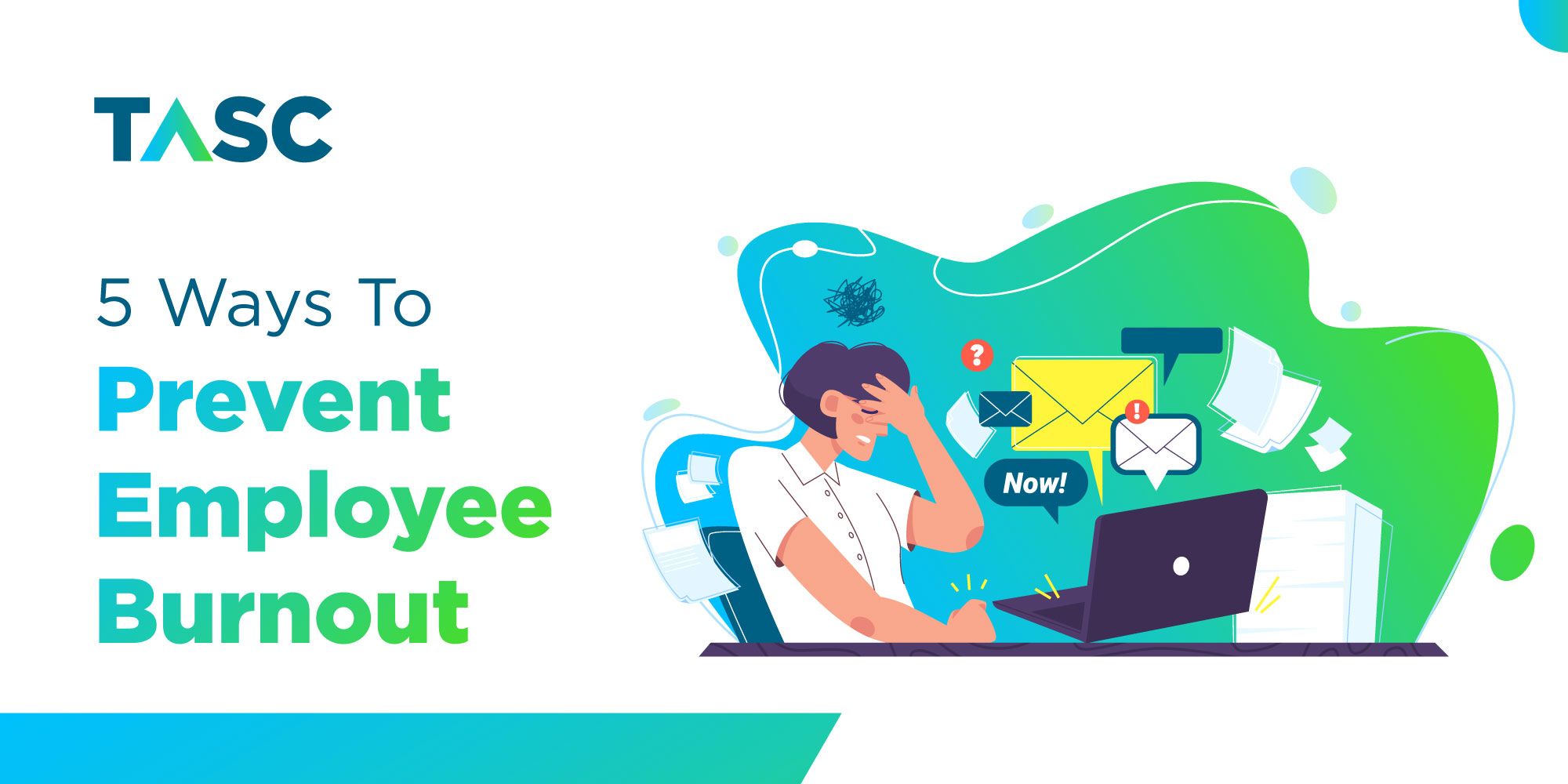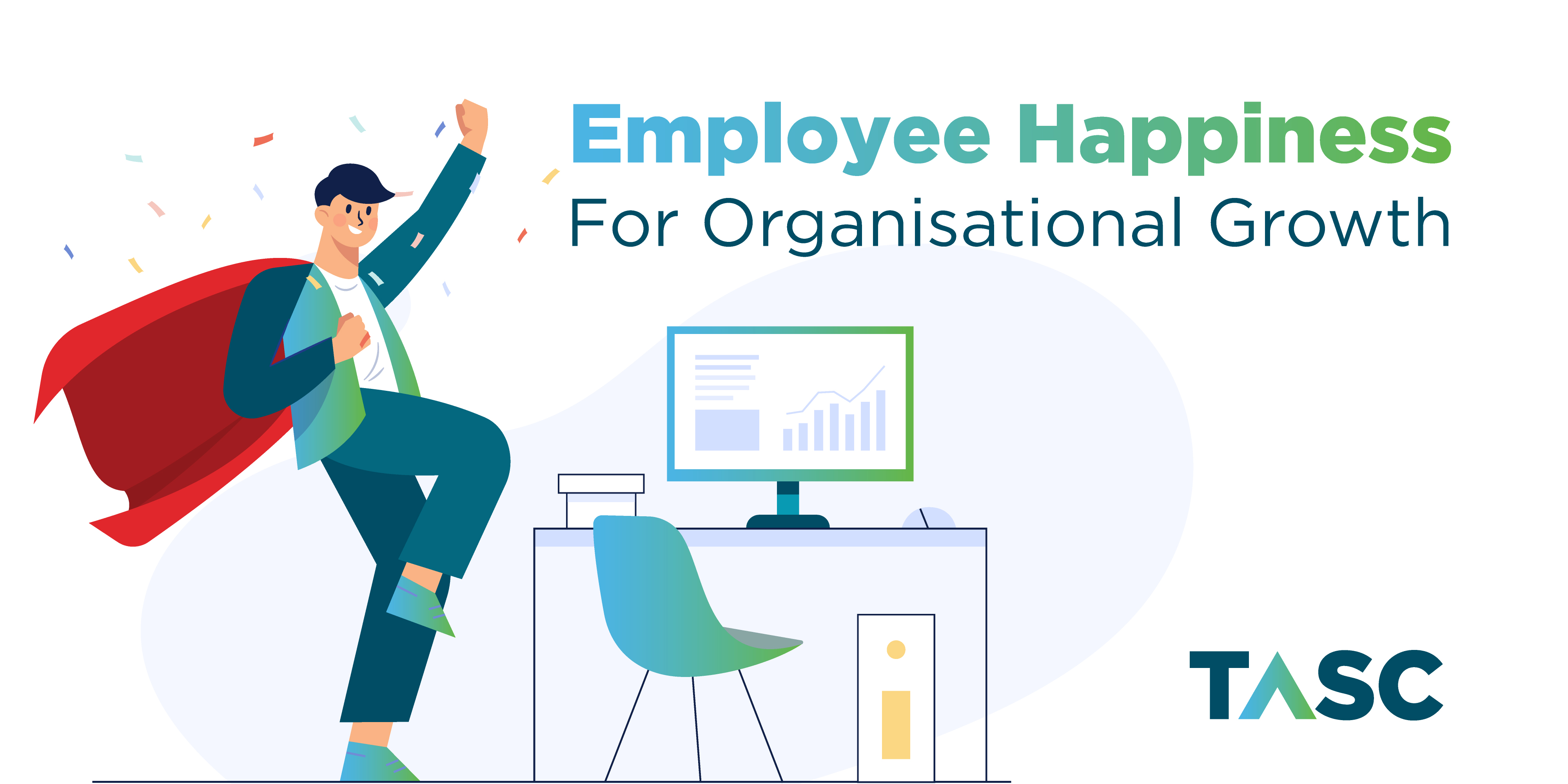Top Onboarding Best Practices to Improve Employee Productivity
According to a study, a strong onboarding process can improve productivity by more than 70 percent and retention by 82 percent. An effective onboarding process will positively impact employee engagement, retention, and productivity.
Employees also tend to be the most productive in the first six months of employment. As an employer, you can use this as an opportunity to engage, train, and foster relationships with your recent hires to make the most out of their talent and expertise.
Unfortunately, most organizations don’t do a great job onboarding new employees. While they may invest their budget and time in finding sales leads, creating recruitment campaigns, and promoting the brand on social media, their focus can be short-sighted in recognizing the potential of fostering a strong employee and employer relationship.
However, it is possible to convert your new hires into productive members of your workforce by introducing a couple of changes to your onboarding process. Let’s take a closer look at the seven best onboarding practices to help increase employee productivity and retention in your company –
1. Getting in Touch with New Hires Beforehand
You must engage your new hires to build a strong rapport before they start the job. Giving the silent treatment between accepting the offer and the first day will only send the wrong message.
It doesn’t have to be too big, but an email walking them through the first day or a phone call from their manager could help give your new hires an idea of what they’re getting themselves into, ensuring they don’t feel blindsided.
2. Making Their First Day Eventful
The first day is extremely important for new hires, and you want to make the best first impression. Instead of making them do tons of paperwork, here are a couple of things you can do to make them feel welcome –
• Giving a welcome package that includes messages and gifts from colleagues
• Scheduling a lunch session between the new hire and their coworkers
• Sending a company-wide email to introduce the new hire to everyone
3. Managing Paperwork Before Day One
Paperwork is probably the most confusing, frustrating, and boring part of the onboarding process. Hence, make sure all the critical paperwork, including employment contracts, visa work requirements, payroll forms, etc., are completed before your new hire reports for day one.
The faster paperwork is done, the quicker you can focus on the engagement aspect of the onboarding. It will leave a great first impression and help employees get started with their actual roles and responsibilities faster.
4. Involving the Team
Your new hire needs to feel welcome, and the best way to do so is by involving the team from the start. Having colleagues and supervisors approach the new member allows them to settle and relax. It is best to introduce the new hire to all the people with whom they are expected to converse regularly.
5. Sharing Important Information about the Organization
Your new employee needs to understand all the relevant company rules and regulations. It could be part of an orientation program curated for all recruits. From work culture and company events to dress code, do not leave out parts that are important for the company. It would also be good to mention all the things off-limits to employees right at the beginning. Doing so will ensure that your new hires abide by company practices, values, and work culture.
6. Assigning a Buddy
A buddy or peer mentor would be somebody who is either at the same level or slightly higher up in the organization than the new hire. By assigning a buddy who is at the same level as the employee, it can help them relax and build trust. The buddy will also be more equipped to understand the employee’s needs. Because they’ll be working on similar tasks, a buddy will be able to explain the different office processes better to your new employee.
7. Keeping their Schedule Structured
Having the first two weeks of your new hire’s schedule planned and structured will ensure that your employee isn’t left thinking about what they’re supposed to do next. It also leaves the impression that you know what you are doing and what’s expected of them.
You could provide them access to a shared calendar or create customized task lists or schedules for the new hires. However, make sure the tasks included in the schedule are not vague.
8. Foster Belonging and Inclusion
Foster belonging and addition 93 percent of replies to Deloitte’s 2020 Global Human Capital Trends check indicated that a sense of belonging drives organizational performance. Great onboarding can dramatically reduce anxiety and increase a new hand’s sense of belonging to their new platoon.
Wrapping Up
Traditionally, onboarding was seen as a singular event, where new hires were passive participants in orientation sessions. Over time, forward-thinking companies look at it as a process that plays an instrumental role in improving productivity and decreasing the attrition rate in the long run.
By embracing the best onboarding practices, you will improve your business processes and set the right tone for your new hires from the get-go. Thus, you must consider adopting ways to delight new hires and provide them with the support and information necessary to help them start being productive as soon as possible and stay productive for as long as possible.

%20(1).png)



.jpg)